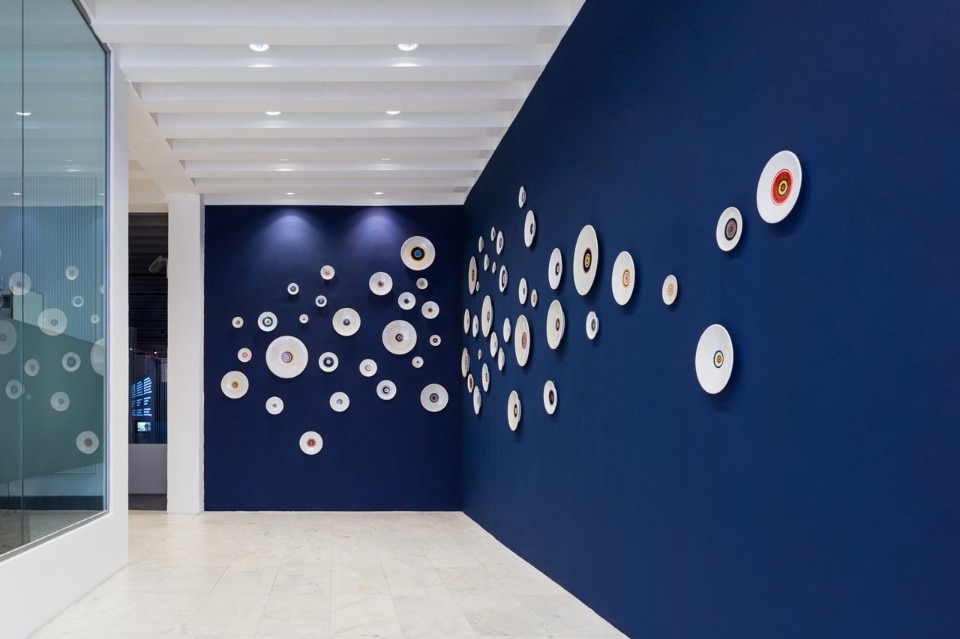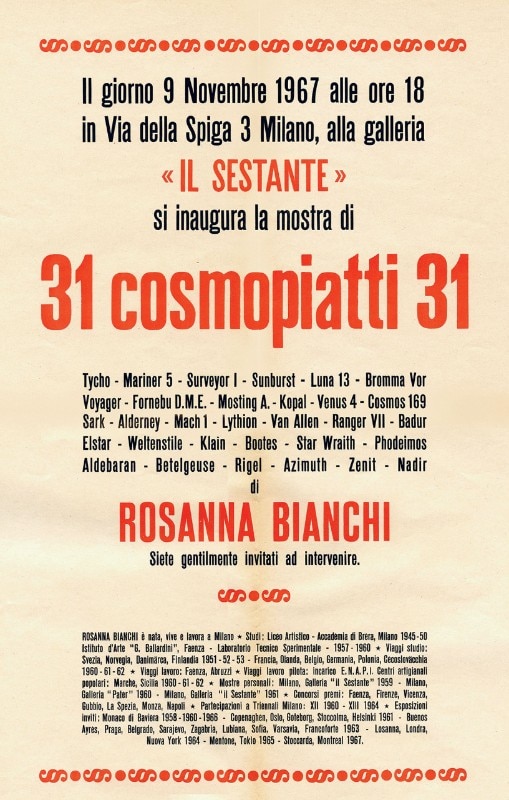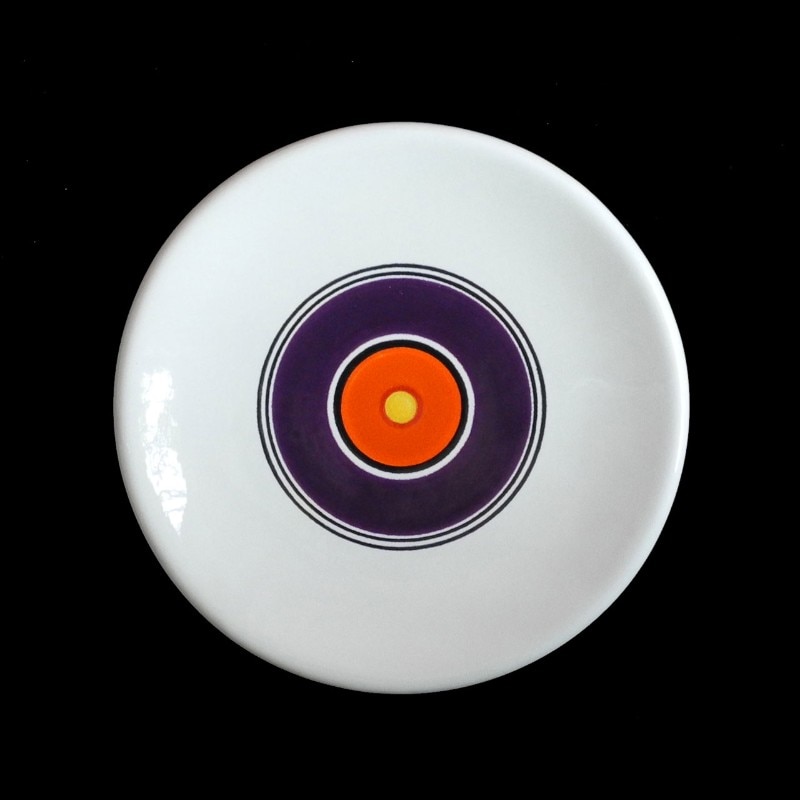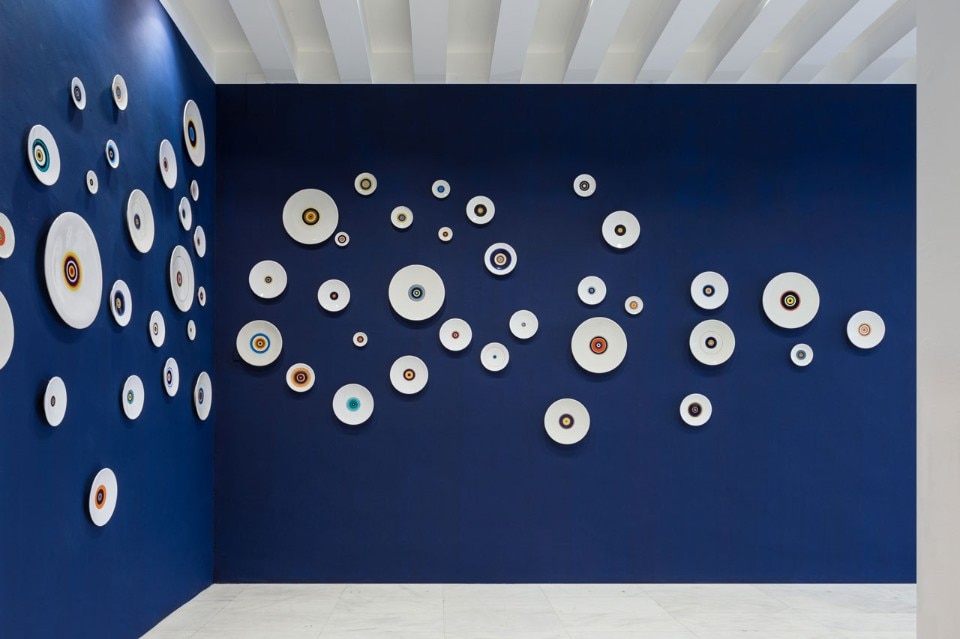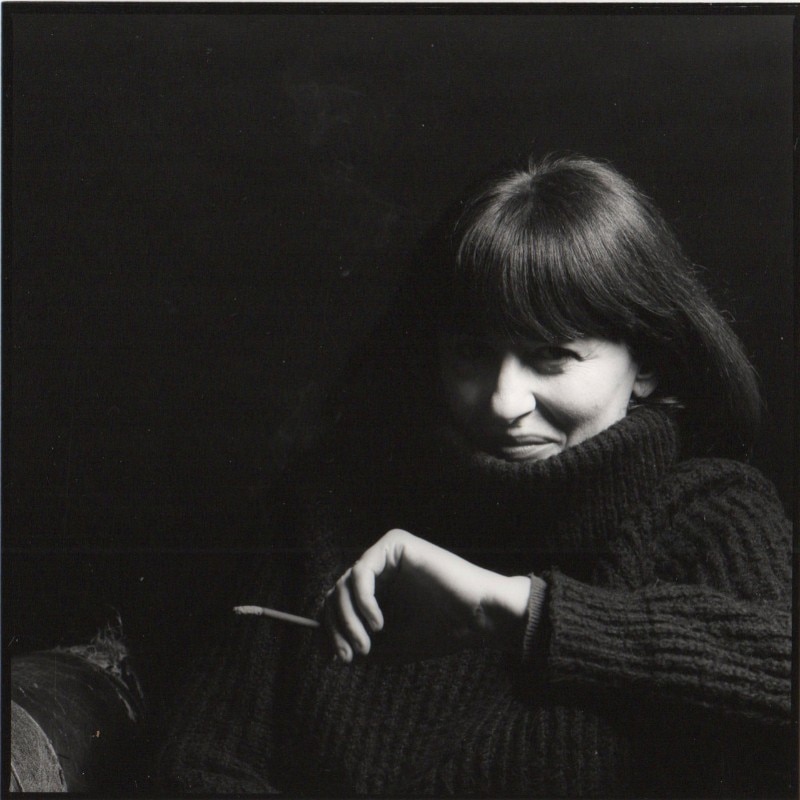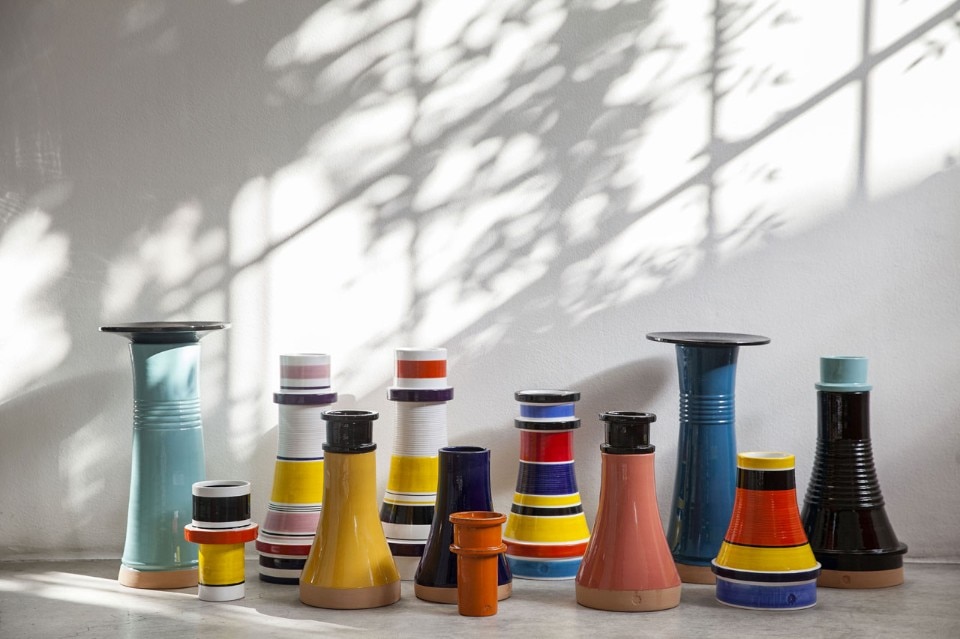Rosanna Bianchi Piccoli is a striking woman with sparkling eyes and precise way of speaking. She remembers everything, collects everything; her home is filled with memories of a lifetime and relics from the present that she keeps because, “I have to use that for something,” she says. Books, books and more books, framed photographs, gifts from friends living far away, there are not enough shelves to hold everything.
